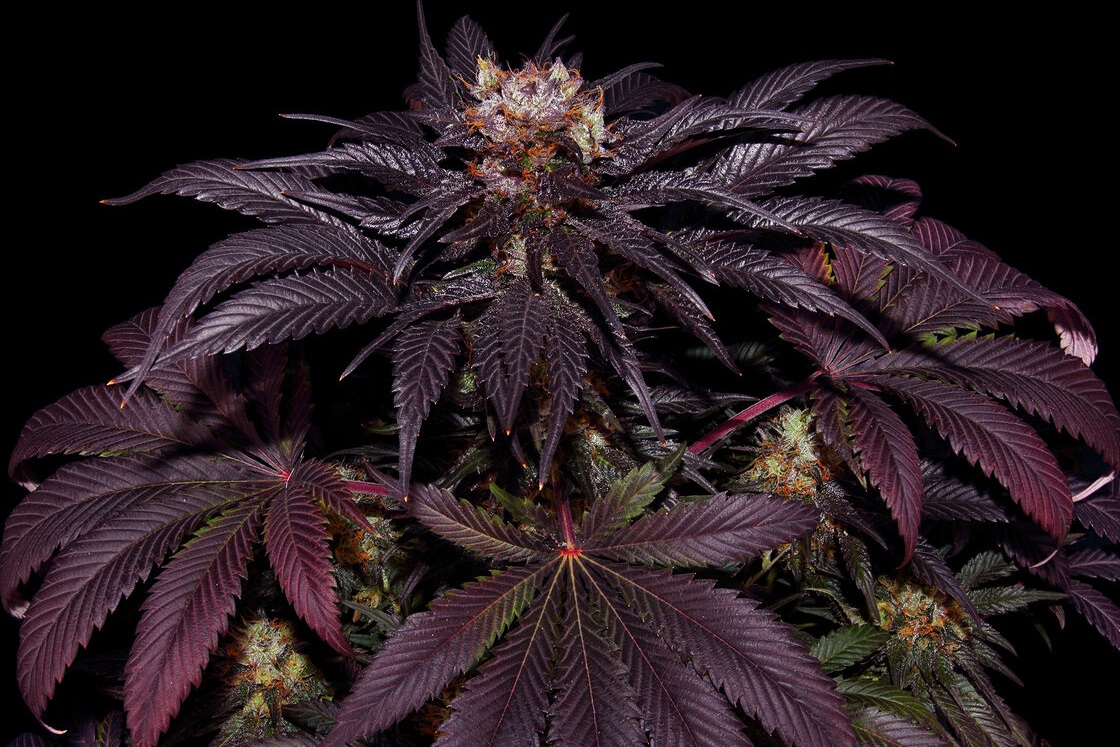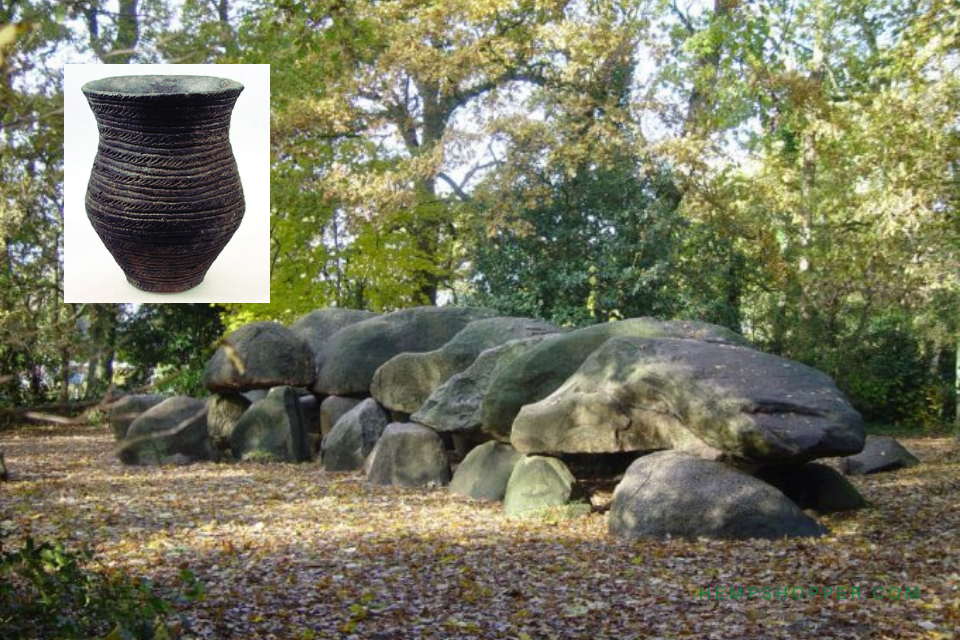200 – 300 CE: Goths bring cannabis to Central Europe

200 – 300 CE: Goths bring cannabis to Central Europe.
The Goths were an East Germanic tribe of Scandinavian origin whose two branches, the Visigoths and the Ostrogoths, played an important role in the fall of the Roman Empire and the emergence of Medieval Europe.
The Ostrogoths developed a vast empire north of the Black Sea in the 3rd century CE. Invading southward from the Baltic Sea, they built up a huge empire stretching from the Dniester to the Volga river and from the Black Sea to the Baltic shores. The Ostrogoths were probably literate in the 3rd century, and their trade with the Romans was highly developed.[1]
In the second and third century CE the Ostrogoths brought hemp from western Russia to central Europe. It marks the beginning of the use of cannabis as fibre in this area. The Slavonic migrations of the ninth century gave further impetus to the spread and cultivation of hemp.[2]
The Visigoths were the western branches of the nomadic tribes of Germanic peoples referred to collectively as the Goths. They too knew the value of cannabis. Woven into a stout fabric, Visigoths used hemp for protection in fighting as long as metal armour was relatively rare in ‘Germania’.[3]
1. GIBBON, Edward (1930): The Decline and Fall of the Roman Empire. Plain Label Books.
2. FORBES, R.J (1997): Studies in ancient technology. Brill Academic Pub.
3. HEATHER, Peter (2003): The Visigoths from the Migration Period to the Seventh Century: An Ethnographic Perspective, page 26.
Research and text © Hempshopper Amsterdam.

 Hempshopper Amsterdam
Hempshopper Amsterdam 






